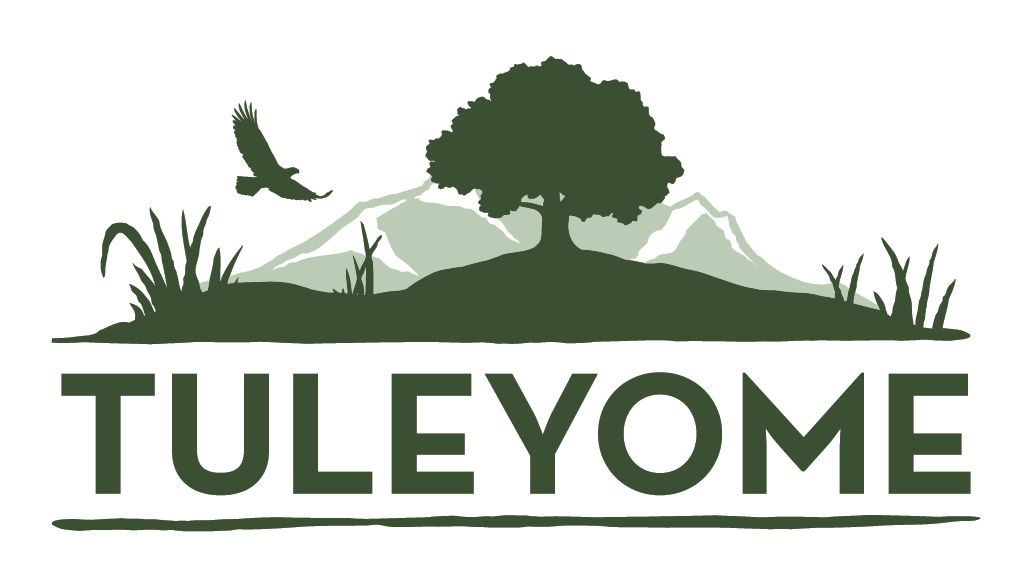Adminstrative Assistant

Position Title: Administrative Assistant
Formed in 2002, Tuleyome is a regional non-profit organization headquartered in Woodland, CA, with a footprint throughout the Berryessa Snow Mountain National Monument region. Tuleyome is a Lake Miwok Indian word that means “deep home place,” illustrating our organization’s deep connection to our environment, our communities and our regional lands. Tuleyome’s Mission is to provide advocacy and active stewardship to conserve, enhance, restore, and enjoy lands in the Northern Inner Coast Range region. Working with partners, we have protected vast areas of public lands, from large swaths such as the Berryessa Snow Mountain National Monument and Cache Creek State Wild and Scenic River to Woodland Regional Park Preserve. We are also neighbors, holding title to nearly 3000 acres, plus an additional 1200 in conservation easements and 640 in Williamson Act easements, all of which protect key ecological parcels and enhance access to public lands across the region. Tuleyome’s leadership on Northern Inner Coast Range protection, restoration, access, advocacy and education has led increasing numbers of people to protect, restore, and enjoy the natural landscape of the Northern Inner Coast Range.
Position Description
The Administrative Assistant will help advance Tuleyome’s expansion, restoration, protection, education and engagement efforts for the Northern Inner Coast Ranges of California. The position works collaboratively with Tuleyome’s team and local, regional and statewide conservation organizations, local, state and federal agencies, and local landowners and businesses to enhance support for, and stewardship of, the Berryessa Snow Mountain National Monument. The Administrative Assistant is an integral part of the team and works under the leadership of the Executive Director. This is an excellent opportunity for a motivated individual with strategic instincts, high-level organizing, and administrative experience to maximize and strengthen Tuleyome and its efforts to defend, protect, expand, and restore the lands in our region.
The Administrative Assistant will have a love of outdoor recreation, an appreciation of wildlife and the importance of public access to public lands, strong leadership and interpersonal skills, the ability to work with people from a range of diverse backgrounds and work on dynamic, high-performance teams. The candidate is committed to Tuleyome’s mission, is emotionally intelligent, and has high integrity.
Position Objectives
- Ensure the seamless operation of the office and its administrative and financial systems.
- Work collaboratively to create efficient document and Member Relations Management systems that integrate Tuleyome’s operations and data.
- Create and implement effective IT systems for implementing Tuleyome’s programs and mission.
- Work collaboratively to create efficient systems for engagement with, and representation of, Tuleyome with members of the public.
- Liaison between Tuleyome and members of the public.
- Streamline scheduling, primarily Executives’, and ensure that meeting requests have agendas and supporting documents.
- Seek grant and fundraising opportunities, write grants and assist other staff with the same.
- Qualifications of a Successful Candidate
Outstanding organizational and project management skills.
- Experienced communicator with excellent interpersonal skills and proven ability to interact with a wide diversity of people.
- Experience with office management, office systems and database management.
- Technology savvy with experience using a wide range of social, digital, and multimedia tools to share information and reach target audiences.
- Ability to travel regionally and work extended hours as needed. Driving, travel, temporary assignments and occasional extended work hours are required. A valid driver’s license is required.
- Experience handling confidential information appropriately.
- Commitment to advancing equity, inclusion, and diversity within the organization and in the environmental movement.
- Problem solver with the ability to prioritize, adjust focus, and wear many hats in a fast-paced environment.
- Passion, creativity, integrity, positive attitude, and intellectual curiosity.
- Fluency in Spanish is a plus.
Hours and Salary Range
This is a part time position at 20 hours per week during normal office hours with the possibility of future growth.
Salary and Benefits: $21,000 - $26,000 annually, with vacation and sick time, staff participation in retirement plan.
To Apply
Send a cover letter and resume to information@tuleyome.org.
Tuleyome will begin reviewing resumes on January 1, 2023. The position will remain open until filled.
No phone calls, please.
Tuleyome is an equal opportunity employer and does not discriminate on the basis race, color, age, ethnicity, religion, national origin, pregnancy, sexual orientation, gender identity, genetic information, sex, marital status, disability or status as a U.S. veteran.
This job description reflects the assignment of essential functions; it does not prescribe or restrict the tasks that may be assigned.
PDF of job description is available HERE.
RECENT ARTICLES






